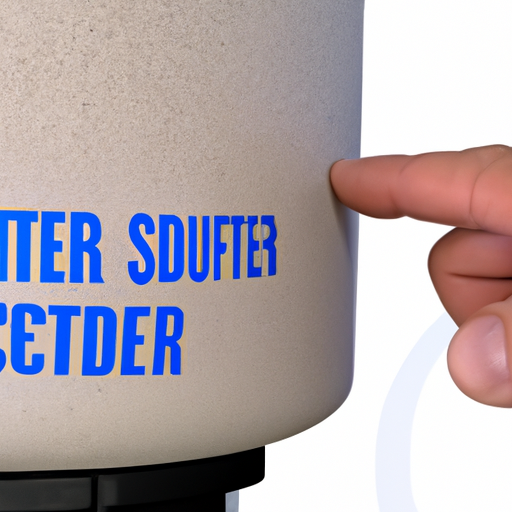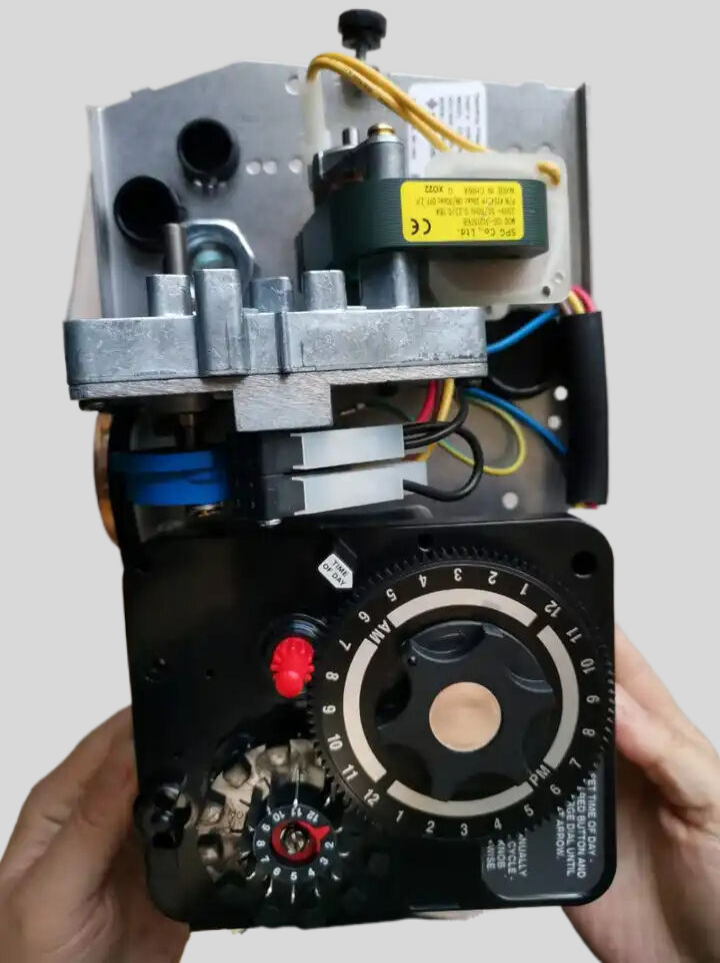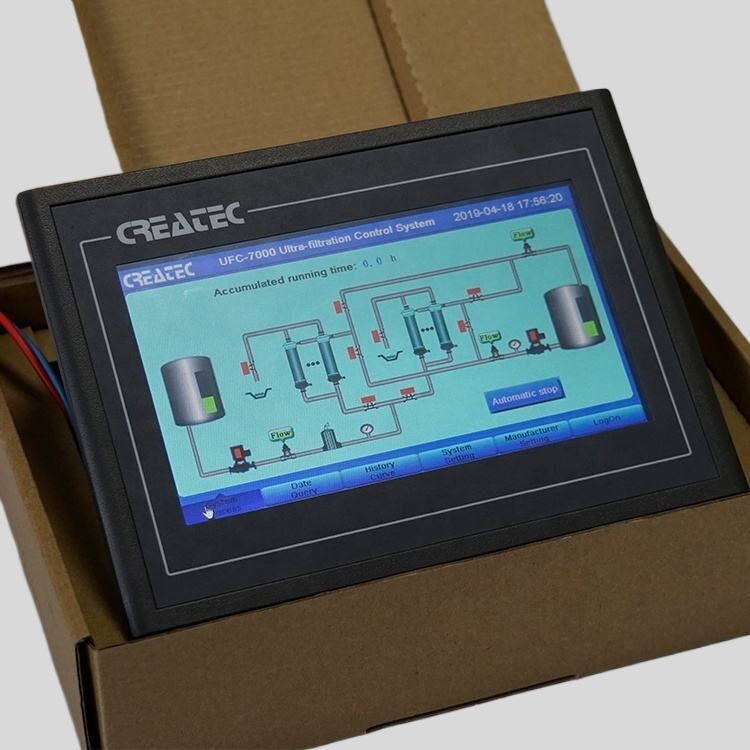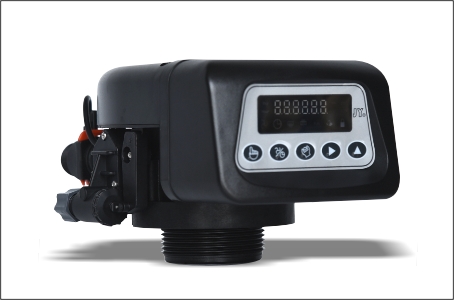Yes, a water softener typically requires a check valve.
The Importance of a Check Valve for Water Softeners

Water softeners are essential appliances that help remove minerals such as calcium and magnesium from hard water, making it more suitable for everyday use. These minerals can cause various issues, including scale buildup in pipes and appliances, reduced soap efficiency, and even skin irritation. To ensure the proper functioning of a water softener, it is crucial to consider the installation of a check valve.
A check valve, also known as a non-return valve, is a device that allows water to flow in only one direction. It prevents backflow, which is the reversal of water flow in the plumbing system. Backflow can occur when there is a sudden drop in water pressure or when water is siphoned back into the system. This can contaminate the water supply and cause serious health hazards.
In the case of water softeners, a check valve is particularly important because it prevents the backflow of untreated water into the main water supply. Without a check valve, there is a risk that the treated water from the water softener could mix with the untreated hard water, defeating the purpose of the softening process.
One of the main reasons why a check valve is necessary for water softeners is to protect the resin bed. The resin bed is the heart of a water softener, where the ion exchange process takes place. It is responsible for removing the minerals from the water and replacing them with sodium ions. If untreated water were to flow back into the resin bed, it could damage the resin and reduce its effectiveness. This would result in poor water softening performance and the need for more frequent regeneration cycles.

Furthermore, a check valve helps maintain the integrity of the plumbing system. Backflow can cause pressure fluctuations, which can lead to leaks, bursts, or even pipe damage. By preventing backflow, a check valve ensures that the water flows smoothly through the system, reducing the risk of plumbing issues and costly repairs.
| Model: Manual Filter Valve | MF2 | MF2-H | MF4 | MF4-B | MF10 |
| Working Position | Filter -> Back wash -> Fast rinse ->Filter | ||||
| Regeneration mode | Manual | ||||
| Inlet | 3/4” | 3/4” | 1” | 1” | 2” |
| Outlet | 3/4” | 3/4” | 1” | 1” | 2” |
| Drain | 3/4” | 3/4” | 1” | 1” | 2” |
| Base | 2-1/2” | 2-1/2” | 2-1/2” | 2-1/2” | 4” |
| Riser pipe | 1.05” OD | 1.05” OD | 1.05” OD | 1.05” OD | 1.5”D-GB |
| Water Capacity | 2m3/h | 2m3/h | 4m3/h | 4m3/h | 10m3/h |
| Working Pressure | 0.15-0.6Mpa | ||||
| Working Temperature | 5-50 °C | ||||
| Power Supply | No need Power | ||||
When installing a check valve for a water softener, it is important to choose the right type and size. There are various types of check valves available, including swing check valves, spring-loaded check valves, and ball check valves. The choice depends on factors such as the water flow rate, pressure, and the specific requirements of the water softener system.
Additionally, it is crucial to position the check valve correctly in the plumbing system. It should be installed on the outlet side of the water softener, between the softener and the main water supply line. This ensures that the check valve prevents backflow from occurring after the water has been treated by the softener.
In conclusion, a check valve is an essential component for water softeners. It prevents backflow, protects the resin bed, and maintains the integrity of the plumbing system. By installing a check valve, you can ensure that your water softener operates efficiently and effectively, providing you with the benefits of softened water while avoiding potential issues caused by backflow. So, if you have a water softener or are planning to install one, don’t forget the importance of a check valve.




